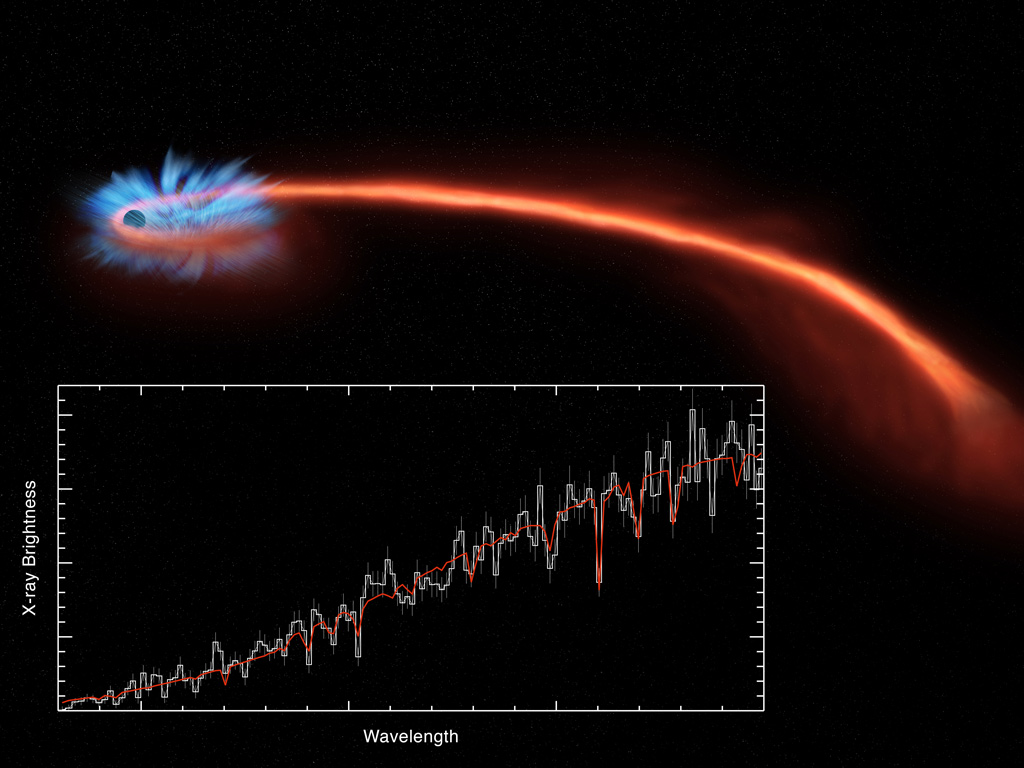Dark forces

Don’t get too close to a black hole.
Recently, a group of astrophysicists including Assistant Professor of Astronomy Dipankar Maitra observed a star being ripped apart when it approached a supermassive black hole, which was estimated to weigh a few million times the mass of the sun. Using space telescopes operated by NASA and the European Space Agency, Maitra and his colleagues looked at a “tidal disruption event,” in which the intense gravity of the black hole caused tidal forces around it that pulled in the unfortunate nearby star.
Their findings were published in the October 22 issue of the science journal Nature.
Though the tidal disruption occurred about 290 million light years away, Maitra and his colleagues were able to study it by observing and analyzing bright x-ray and ultraviolet flares near the black hole. As the black hole ripped apart the star, some material was expelled outward, resulting in a distinct signature in the x-ray spectrum.
Finding tidal disruptions is extremely rare, so getting a good look at one is an exciting learning opportunity for scientists like Maitra and his colleagues.
“One of the biggest questions is whether all of the in-falling matter ends up getting eaten by the black hole, or whether some of the material somehow escapes the black hole’s fatal attraction,” Maitra said. “Our x-ray observations have indicated that some of the matter indeed flows away from the black hole, as if there were a wind being blown by the black hole.”
Their observations reveal that the wind speed is not fast enough to allow the star matter to completely escape the black hole, but it does seem to slow down the process.
“While this is extremely exciting, it also opens up many questions such as what physical mechanisms propel this kind of wind and what fraction of the incoming matter is carried away by the wind,” Maitra said. “Now that we have some observational clues, we have to go back to our drawing boards and work out how all this can be fit together.”
